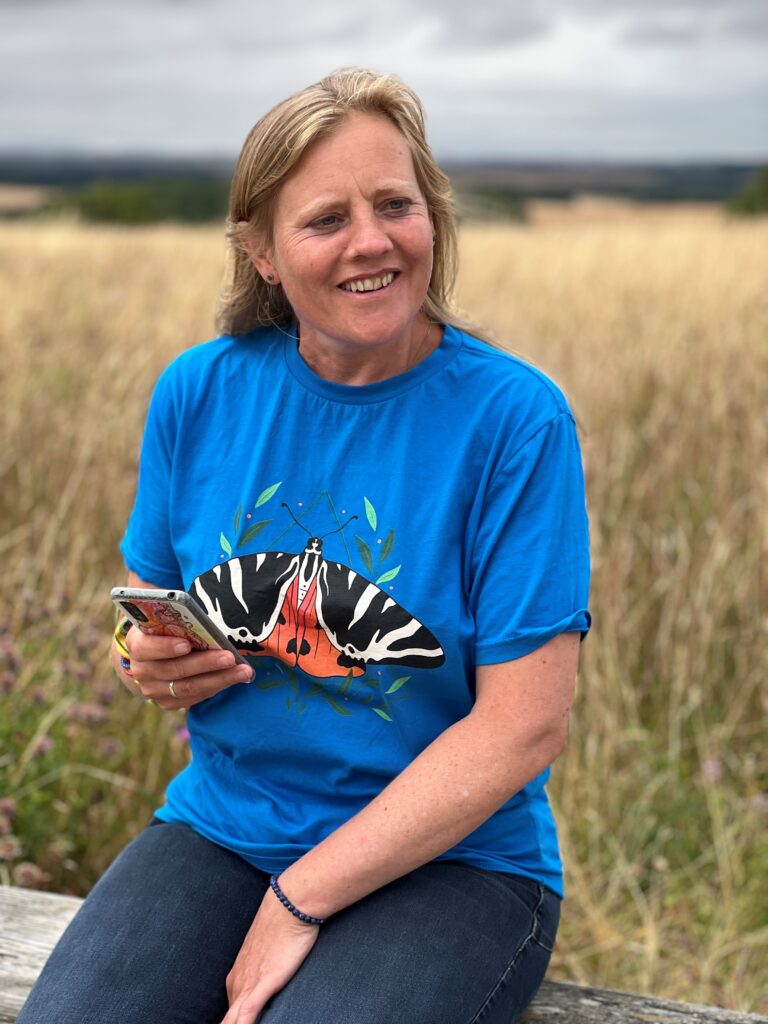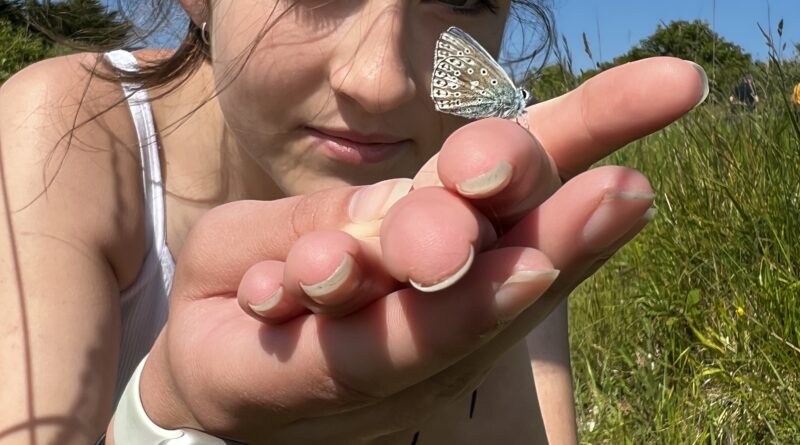20,932 butterflies spotted in Lincolnshire last summer, can the region beat that this year?
Butterfly Conservation issues rallying cry to people of Lincolnshire
Last summer, citizen scientists in Lincolnshire spotted 20,932 butterflies and day-flying moths during the Big Butterfly Count. Today, wildlife conservation charity, Butterfly Conservation, is issuing a rallying cry to people in the region to help beat that this year.
In 2022, people across Lincolnshire did 1,960 Big Butterfly Counts, with Small White taking the top spot for species sightings. Scientists are hoping even more people will take part to help find out what’s happening with the region’s butterflies before the Count ends on Sunday 6 August.
It’s more important than ever that people take part this year. The record temperatures, heatwave and drought in 2022 caused some of the plants that caterpillars feed on to wither and die, which can have a dramatic impact on the butterfly population. Previous extreme summers in 1976 and 1995 took a heavy toll, with butterfly numbers crashing the following year and taking almost a decade to recover.
Dr Zoë Randle, Senior Surveys Officer at Butterfly Conservation explains: ‘We really need people across Lincolnshire to get out for the Count to help us understand the impact of climate change on our most-loved butterflies.
“Who doesn’t remember following a fluttering Red Admiral around, or being mesmerised by a Large White? Butterflies are key indicators of environmental health, and with half of Britain’s butterfly species already threatened or near threatened with extinction, we need to take action now to protect them. We need you to help us.”
Whether done with friends and family, or in a moment of quiet calm and solitude, the Big Butterfly Count is free, fun and takes just 15 minutes in a sunny spot. It is open to anyone, of any age, in any part of the UK – towns, cities or the countryside. No green space is too small – a back garden, a small terrace or balcony with some pot plants, a public park, allotment or country lane are all important spaces to explore, track and report.
Last year almost 100,000 Counts took place up and down the country, with participants spending a combined 2.5 years counting butterflies in their gardens, local parks and in the countryside. The information gathered helps to inform conservation projects, government policies and supports other experts with their research and vital work to protect our planet.
This year’s Big Butterfly Count is already underway, running from Friday 14 July – Sunday 6 August. For more information and to take part simply visit www.bigbutterflycount.org or download the free Big Butterfly Count app.

Dr Zoe Randle

